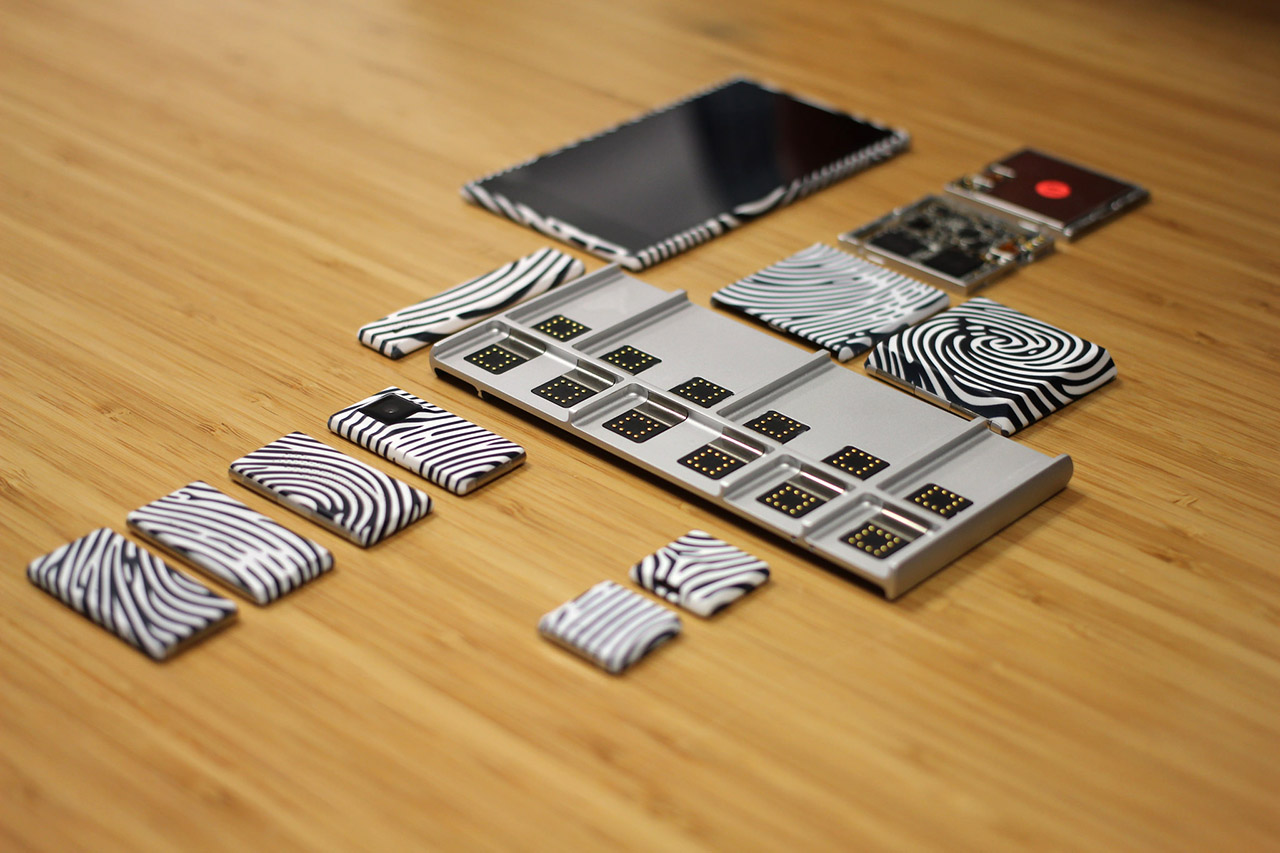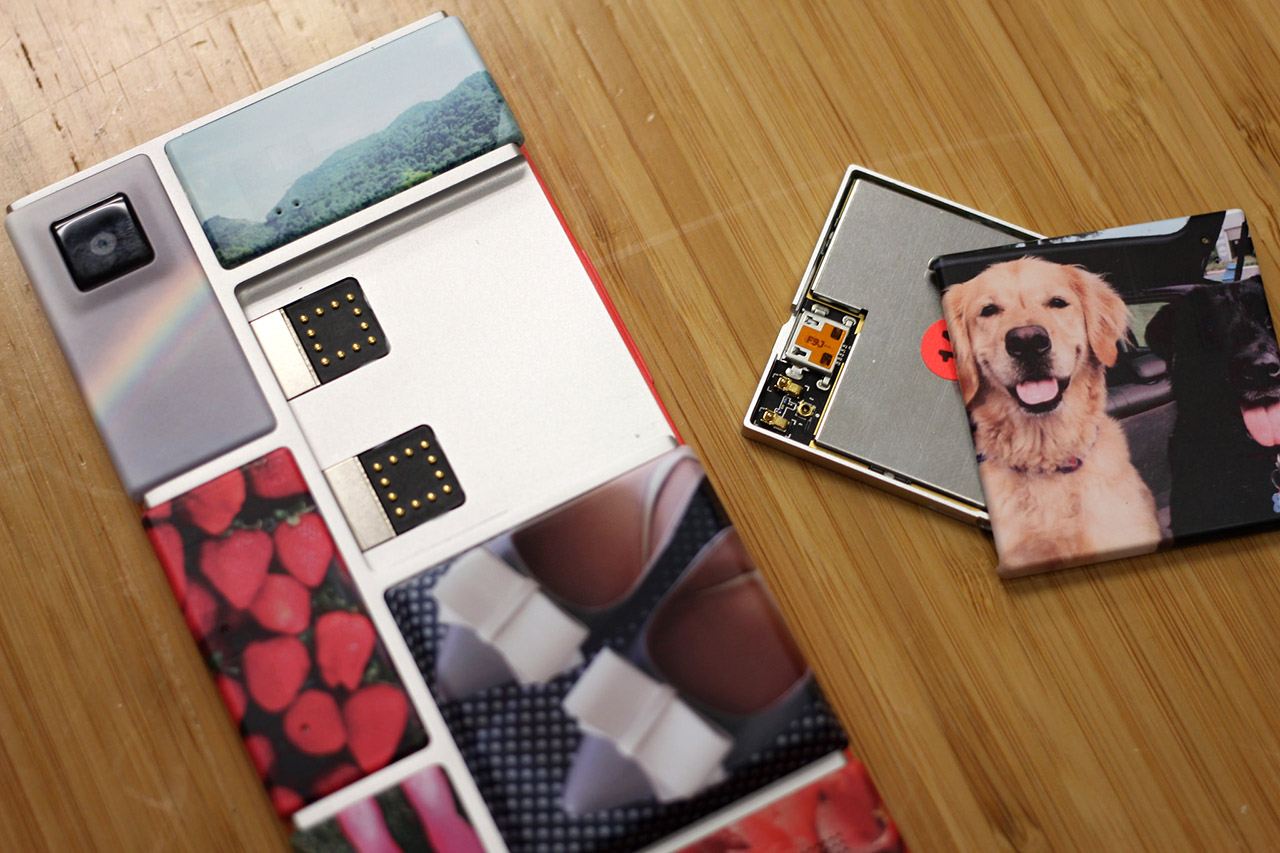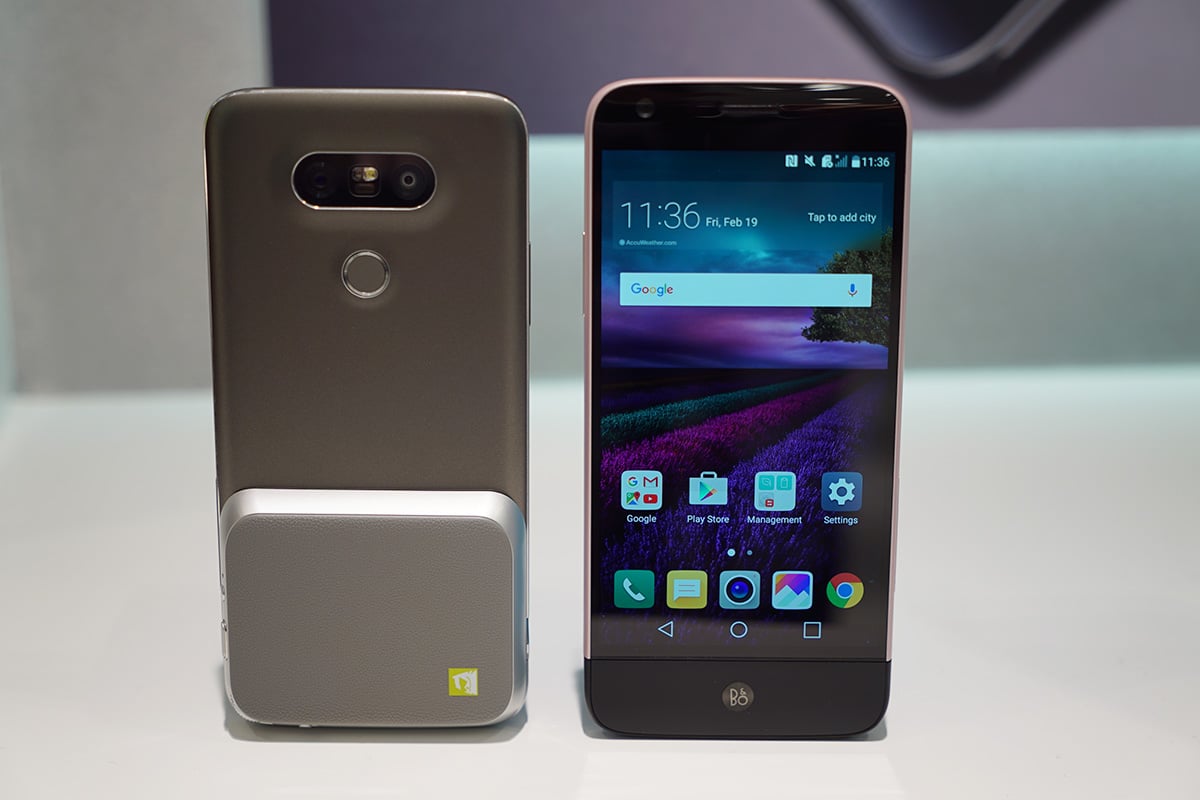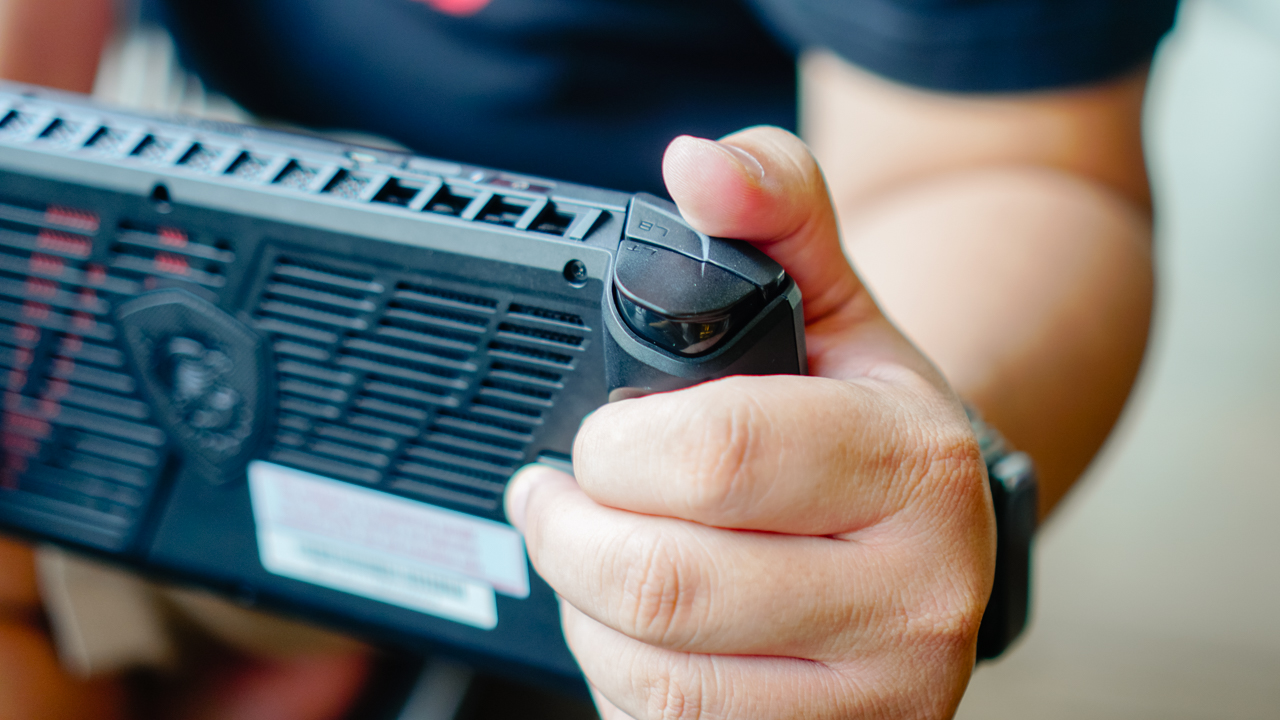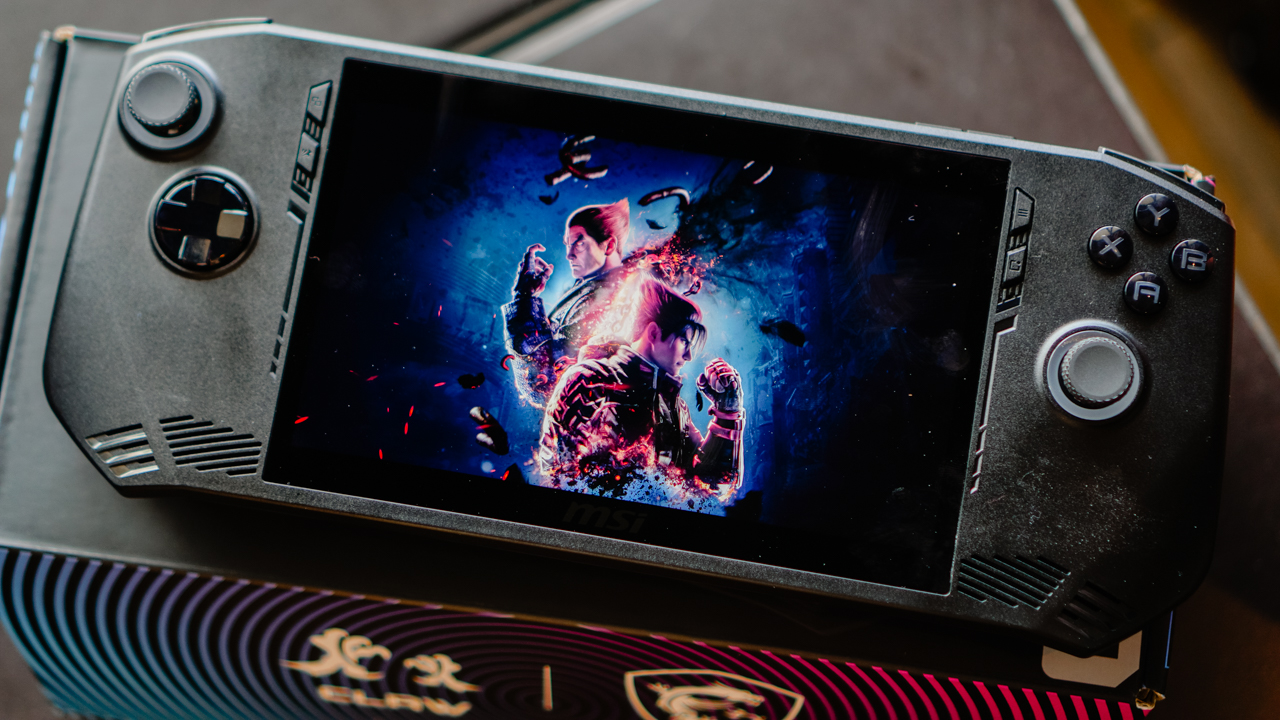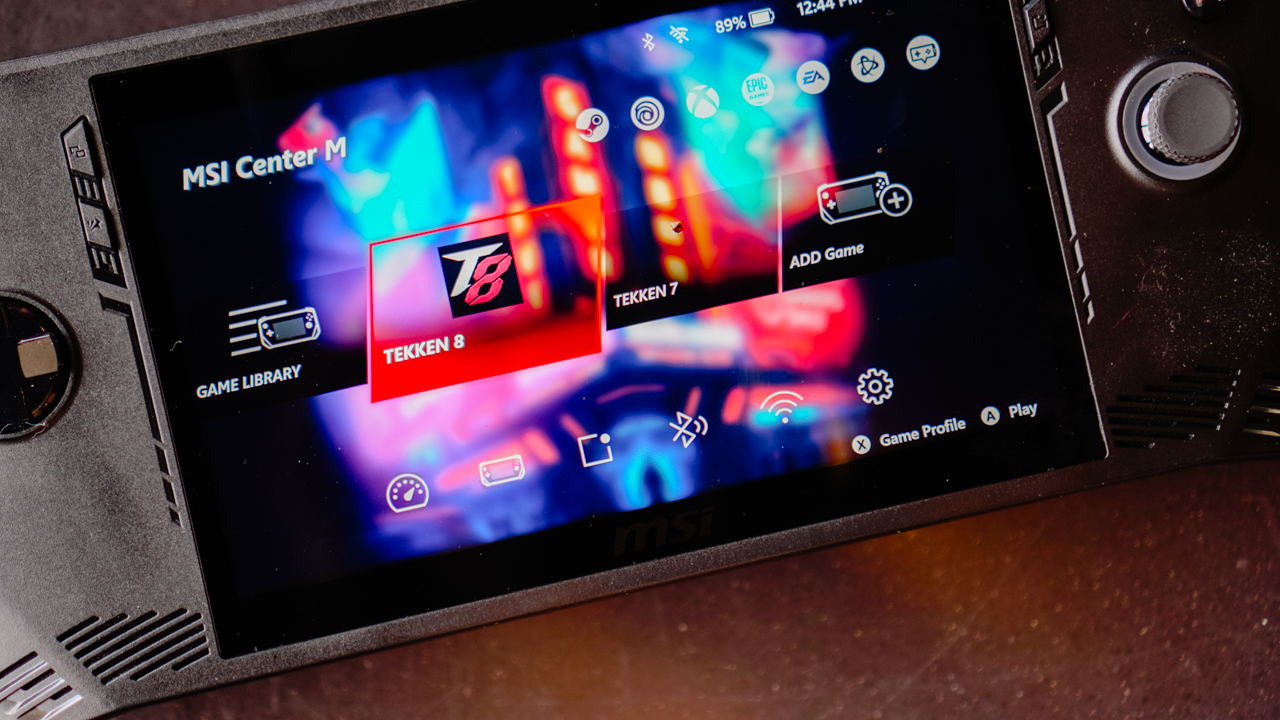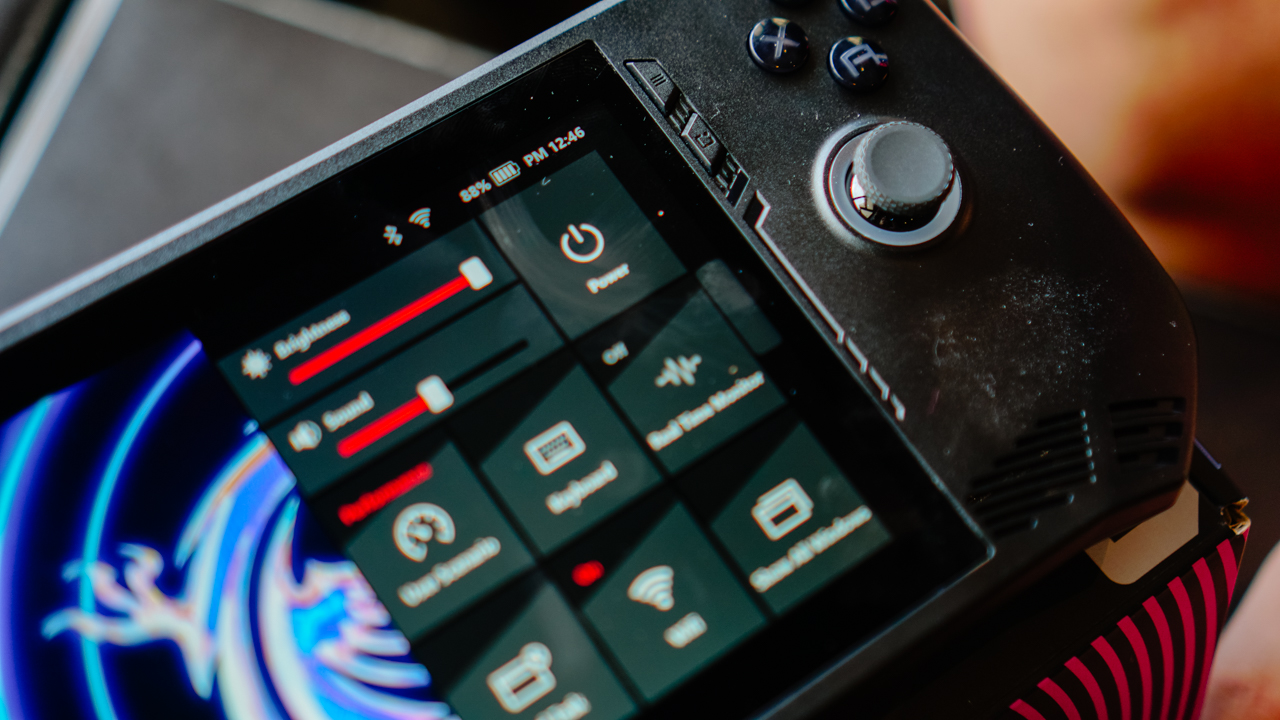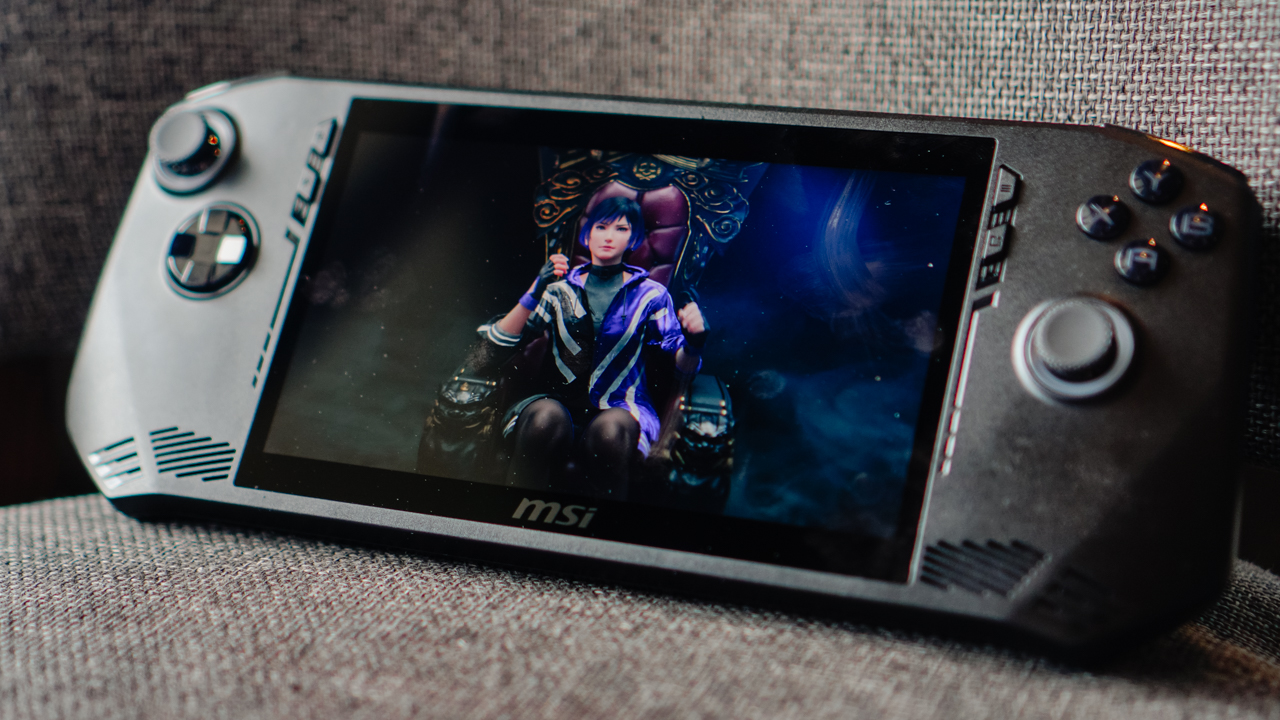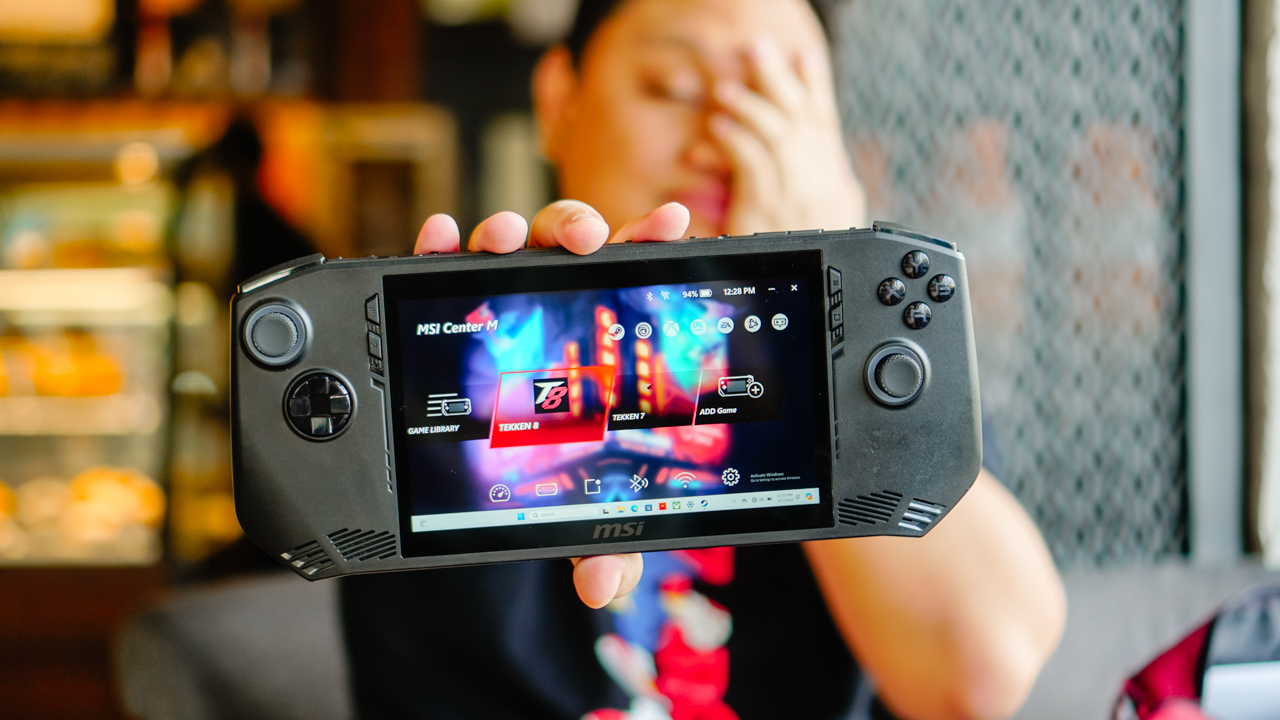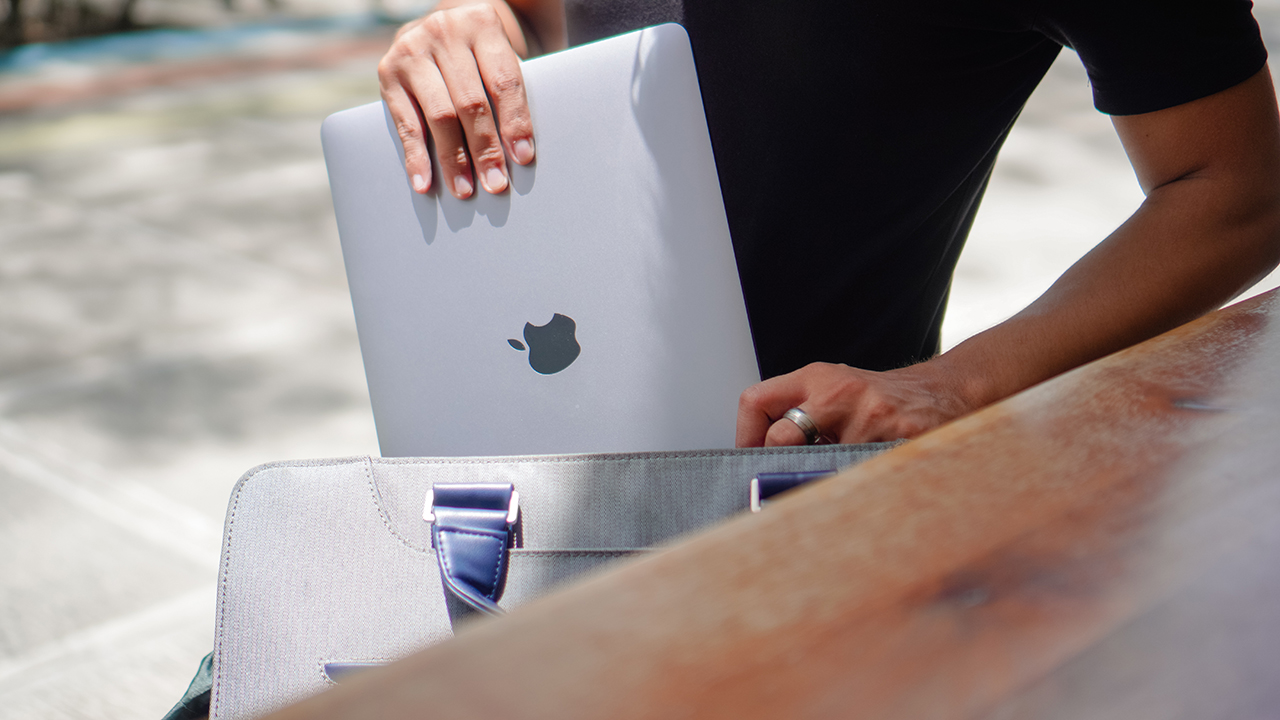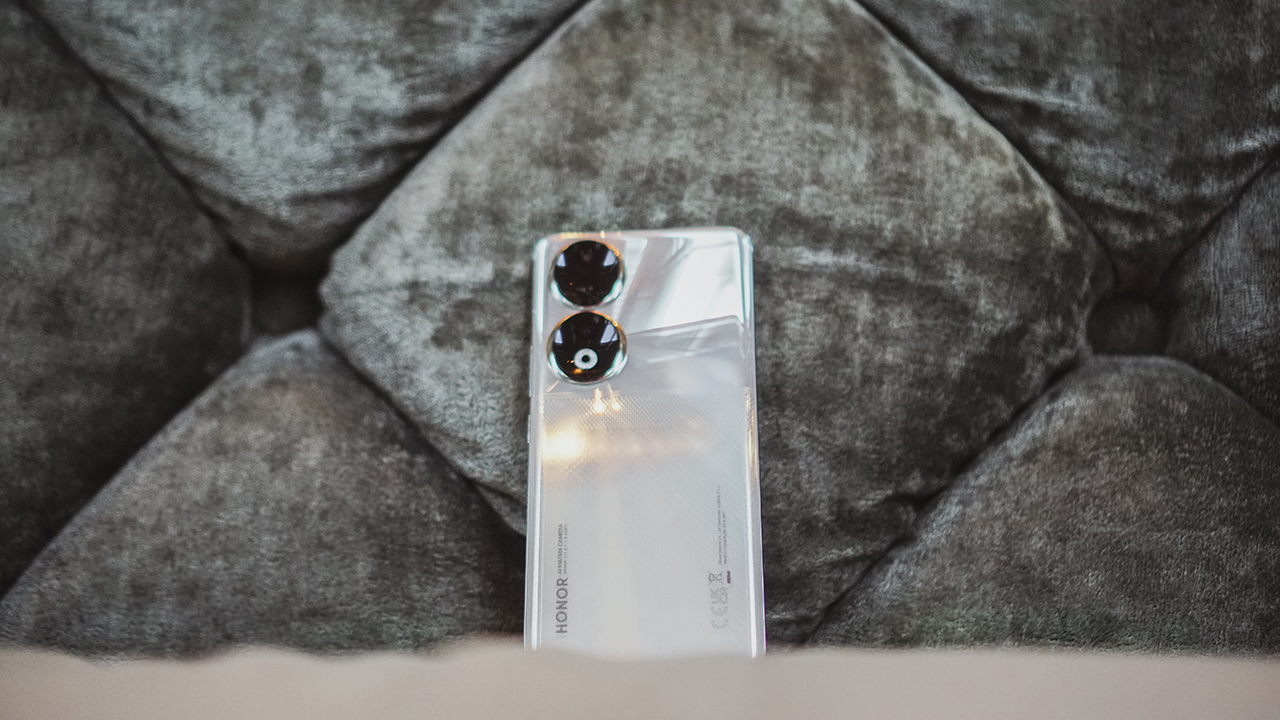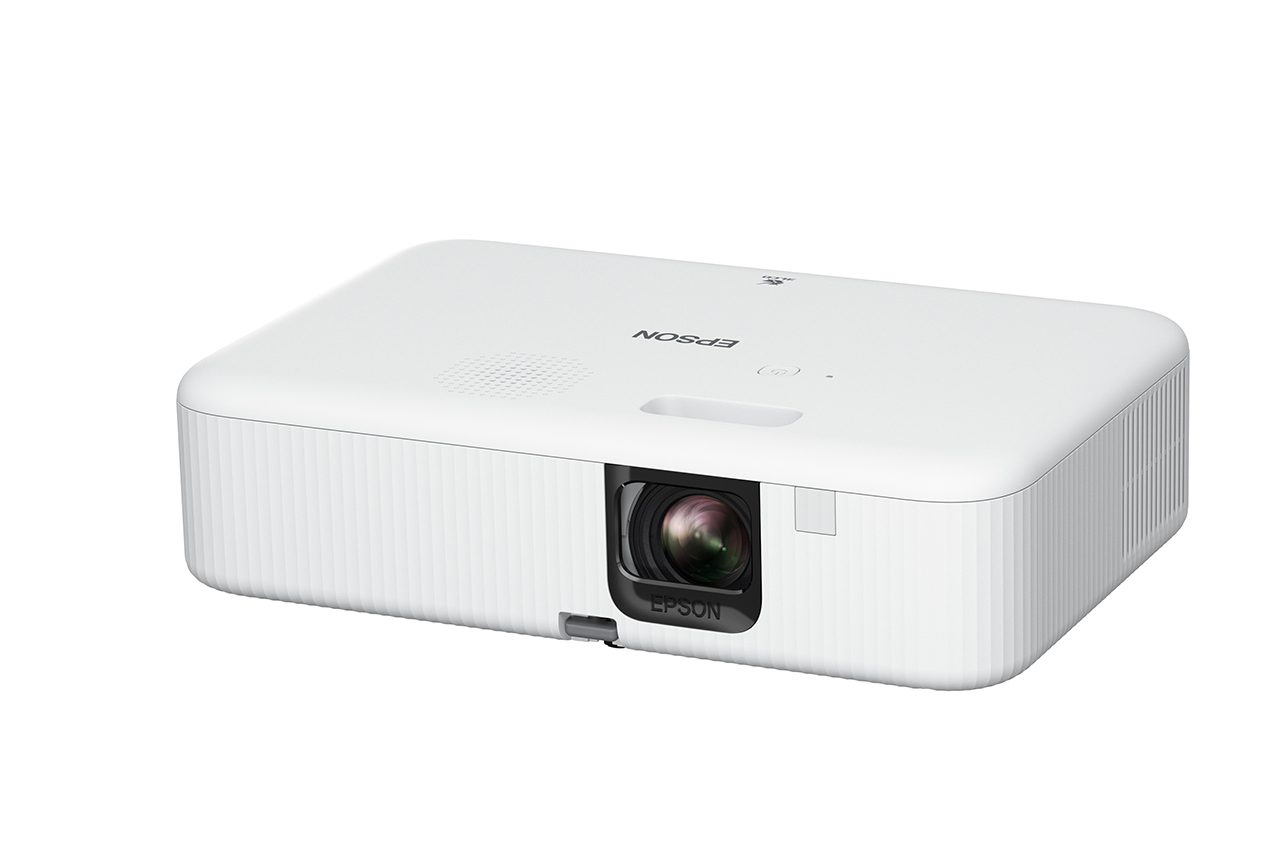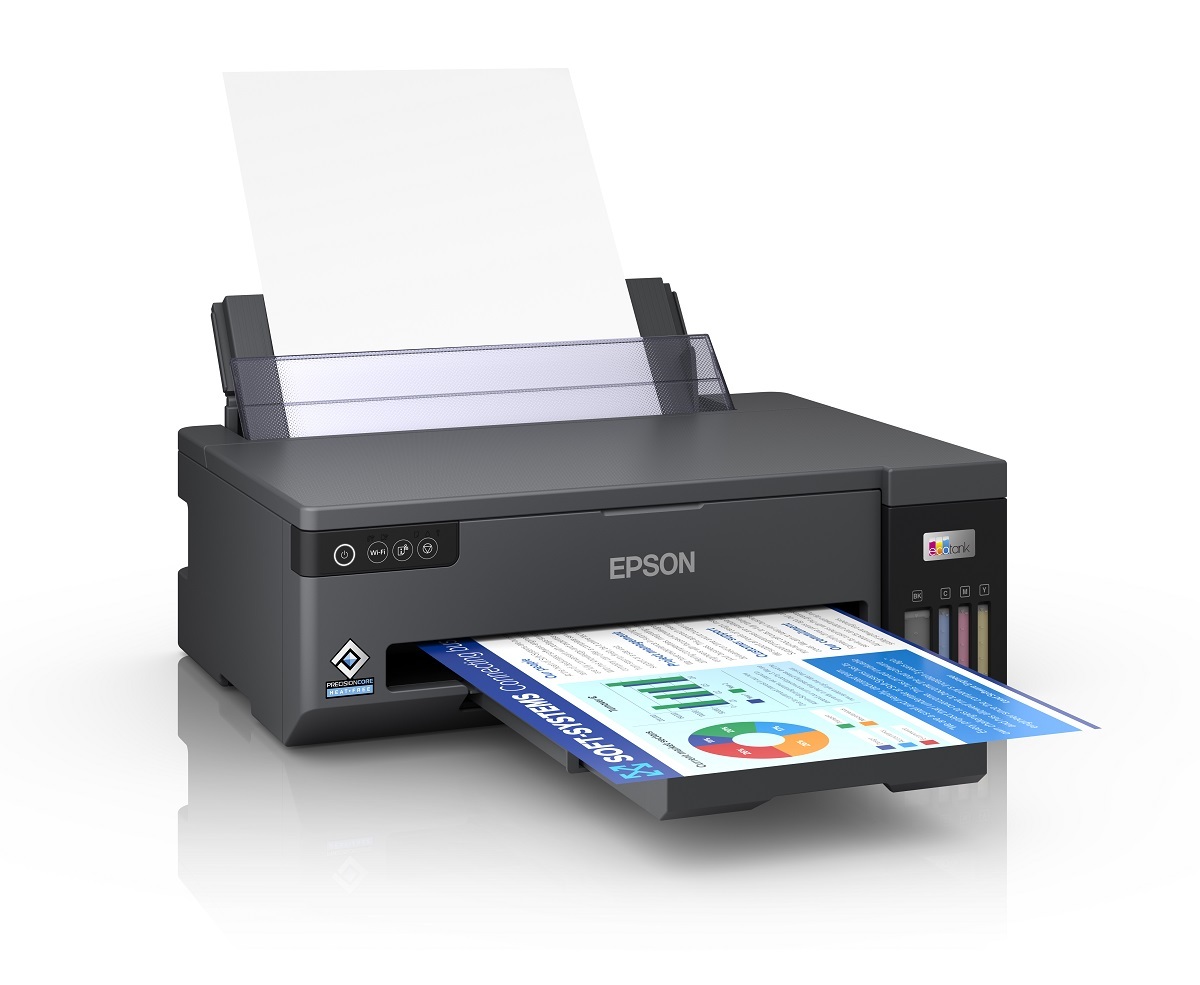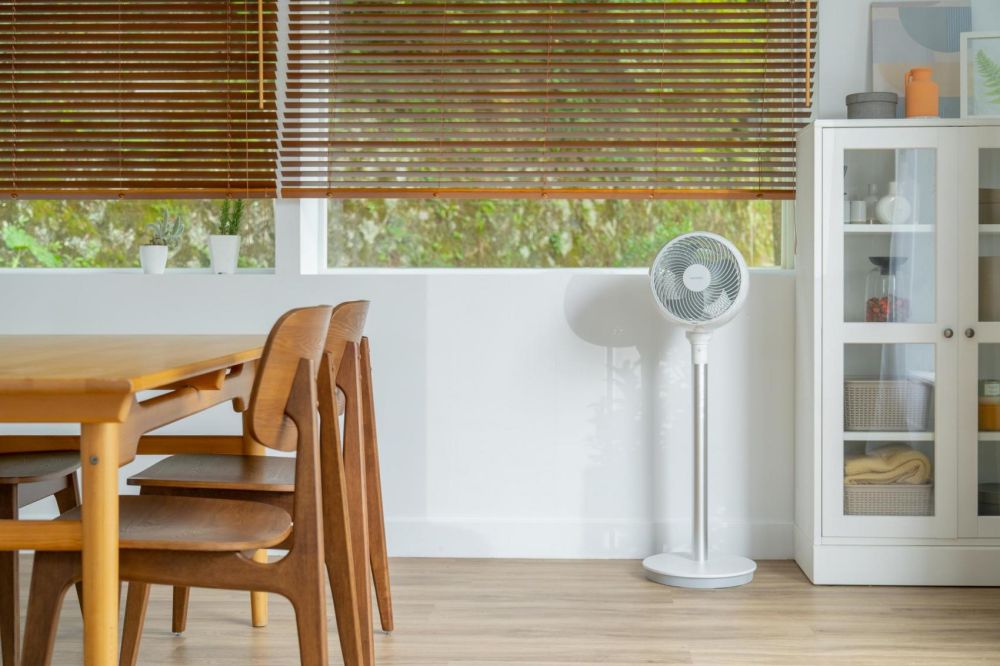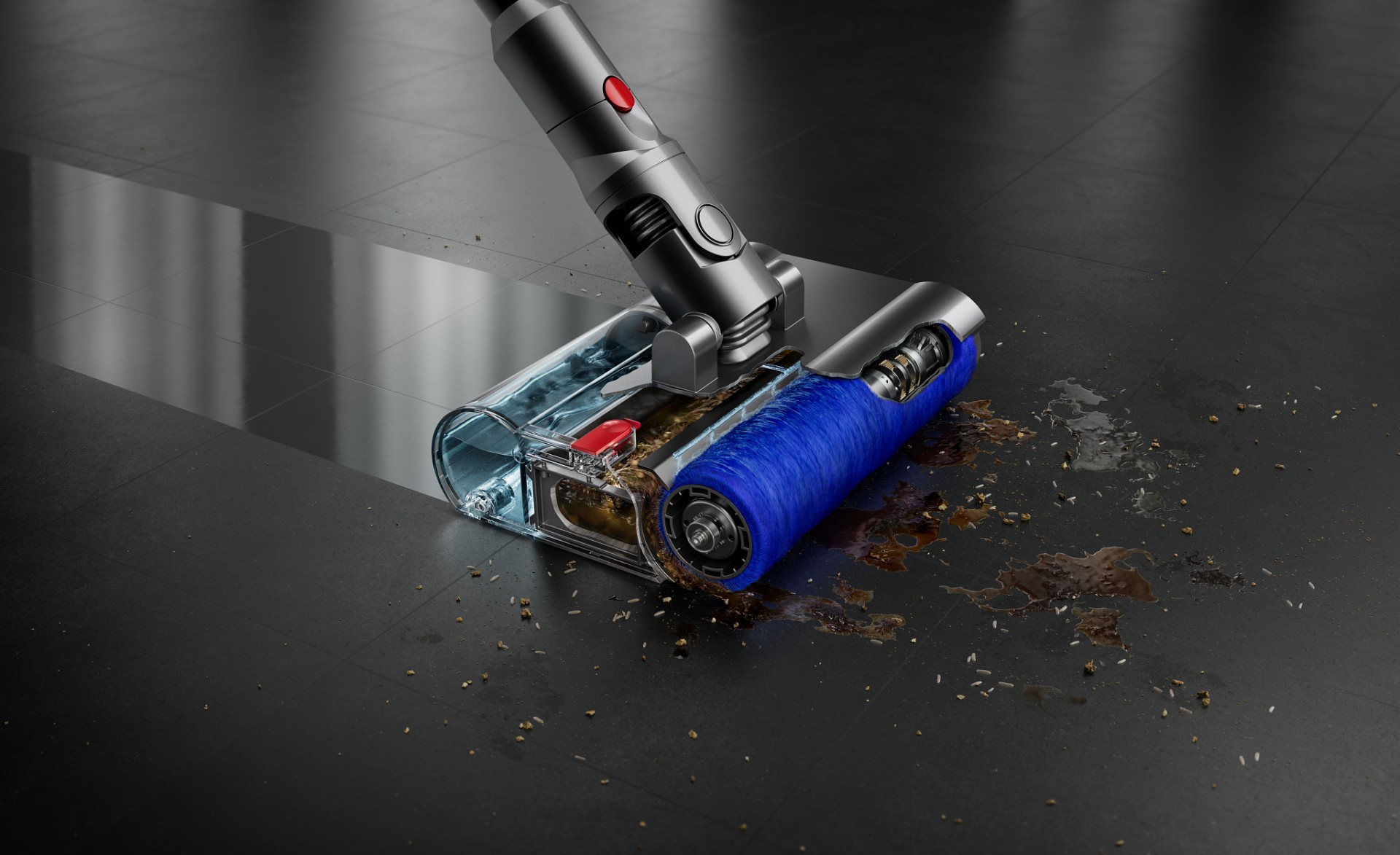Features
Project Ara’s story is all about wasted potential
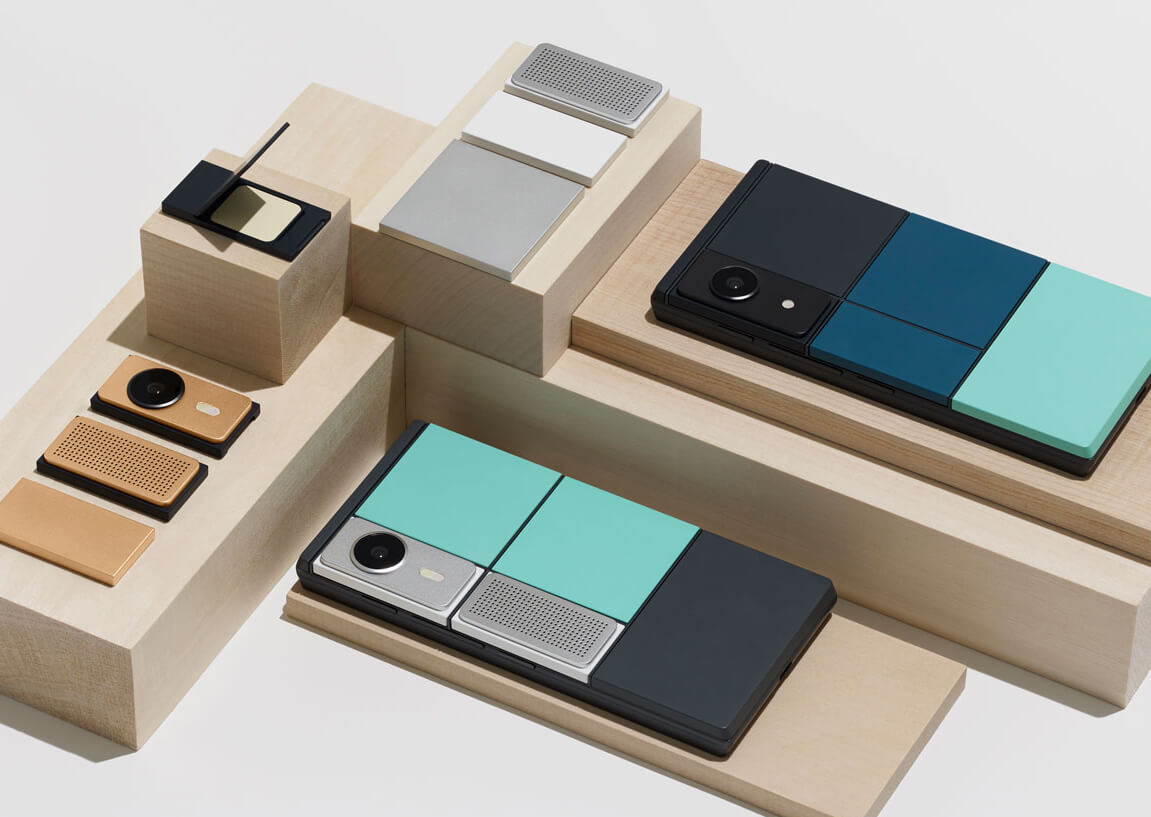
After rumors recently surfaced about the cancellation of Project Ara, we now have confirmation from Google that their highly ambitious modular phone will no longer reach the consumer market. Reasons were somewhat vague, but what we do know is that it’s being done to “streamline the company’s hardware efforts.”
It was only last May when we witnessed a revived desire from Google to push the product, complete with a cool trailer and announcement of a possible consumer launch next year. Progress before and after the unveiling was typically silent, and we’ve finally confirmed that it’s been an internal structure issue all along. Now, we think about what could have been a savior for the smartphone industry.
The beginning of the end
Imagine presenting a prototype of your company’s next big thing in front of a worldwide audience, only for it to freeze during bootup and fail to even reach the home screen. No, I’m not talking about an episode of Silicon Valley. That’s actually the nightmare Google experienced back in 2014 when it presented a “working” prototype of its first modular smartphone. Thinking about it now, the incident summarizes the current situation really well.
In the most recent build of Project Ara, you had all the functions you’d expect from the modern-day smartphone you’re accustomed to, along with the ability to plug in your choice of modules to add greater functionality. Upgrades ranging from cameras to replaceable batteries stylishly fit into the main frame to create one unified pocket computer. If you think the process is as simple as playing with Lego blocks, you’re absolutely right.
An eternity in the tech world
What could this have meant for consumers had it become a commercial product? It would have been a possible game-changer in terms of phone upgrade cycles. With a smartphone having limitless module options to keep you busy, ordering that newly launched Samsung Galaxy or Apple iPhone wouldn’t be as tempting anymore.
However, it’s been a long two years since the initial reveal, and much has changed.
It’s important to take note that Project Ara was no longer a fully modular smartphone as of May 2016. The Google phone had its core components fixed into the main frame, meaning you couldn’t touch the processor, internal storage, RAM, and front display. This became a potential deal-breaker for enthusiasts wanting a PC-like handheld gadget they can fiddle around with on the go. The development led to disappointment from the community and the product’s eventual downfall, but it might have also been able to entice a more mainstream market wanting a simpler package.
In exchange for the loss of complexity, the last build came with welcome refinements. Plug and play was possible with certain modules, wherein you could hot swap the unit while the phone was on and even share with other Ara users on the spot. If you wanted to get fancy, saying “Okay Google, eject the camera” commanded the phone to do as it’s told.
Google’s very own
Looking back, it’s easy to forget how big of a deal Project Ara was when it was first announced at Google I/O 2014. Modular phone schematics were tossed around brainstorming sessions prior to that, but it was only when Google unveiled a (partially) working prototype that this concept became closer to commercial reality. Still, the fact that it froze shortly after being turned on established how much of a pipe dream it was back then, and how it continues to be one now.
During Project Ara’s downtime, a couple of companies took a crack at modular designs in attempts to overshadow the hype Google built and lost. The Fairphone 2 was the first modular phone to officially hit the market, and the LG G5 garnered even bigger headlines as a totally revamped flagship device with modular Friends you could attach to its Magic Slot. Most recently, Lenovo launched the Moto Z series, which proves that even partial modularity is still alive and kicking.
And yet, the latest announcement from Google I/O 2016 was more than just about a potential date and a sweet new trailer for Project Ara. Google was finally going to release a smart device that’s truly theirs – free of any partnership from the likes of Huawei or HTC in their long-running Nexus program.
The company’s previous attempt at controlling the hardware process came when it acquired Motorola in 2012. Google then became a competitor for a long list of smartphone brands that rely on Android as their sole operating system. This didn’t fly well with major players such as LG and Samsung, who subsequently secured backups in WebOS and Tizen, respectively, in case Google would suddenly favor its own manufacturing process for the latest Android updates, ultimately discriminating against loyal associates.
It’s uncertain how Project Ara would have impacted the search giant’s relationship with hardware partners as an indirect competitor, since modular phones might create a category of their own some day.
Let’s not get ahead of ourselves
Ironically, the highly customizable Project Ara proved that you didn’t have total control over the aesthetics and feel. While the dimensions and weight of the device vary depending on the components equipped, you’re going to end up with a bulky, blocky handset no matter what. LG saw through the weaknesses of a largely modular phone to produce the G5 we’re enjoying today. By allowing only partial modularity from the bottom end of its current flagship, the primary build remains largely intact, so there’s no need to worry about assembling a hideous product.
Our recent unboxing and hands-on review of the G5 and its add-ons showcased how much promise there is in upgrading your handset before committing to a completely different phone the following year or two. Lenovo followed shortly after with the Moto Z and its growing lineup, but it’s too early to gauge its success.
We’ve been wanting these possibilities for a while now. Smartphone technology in general has stagnated in the past years, with every manufacturer heavily focusing on simply improving on the touchscreen-optimized formula Apple established nearly a decade ago with the original iPhone. If your current smartphone already has a high-resolution display, fast-acting camera, accurate fingerprint scanner, and either a glass or metal physique, there isn’t much more you can ask for outside the realm of modularity. Well, probably better battery life, but we’ll never be satisfied with that, right?
Speaking of batteries, with news of entire Samsung Galaxy Note 7 units being recalled because of a single part, swappable components might be the solution to new-age manufacturing woes.
Or maybe, we simply aren’t ready yet for the complexity of a fully modular smartphone. Consumers have finally moved past DIY solutions for PCs in exchange for the simplicity of owning a razor-thin notebook or all-in-one laptop with as much, if not more, power. Complicating the everyday smartphone could just as easily backfire, and discriminate against users who aren’t that tech-savvy.
It’s not just about the modules anymore
Going back to Google I/O 2014, one of the presenters posed this question: Why choose a phone for its camera, when you could choose a camera for your phone? Project Ara’s vision remained the same until its demise, but we now have a more daunting question to ask: Since we’ve already reached the pinnacle of touchscreen-smartphone convenience, when will we be ready to embrace a more complex form factor?
Project Ara’s Twitter account once wondered if fans were still around after one of its long hiatuses. We, the consumers, haven’t left yet, and taking a look at the official website shows how the developers themselves haven’t let go of the project either.
[irp posts=”7634″ name=”Cancelled Project Ara prototype shows up, reveals specs”]
Image Credit: Maurizio Pesce

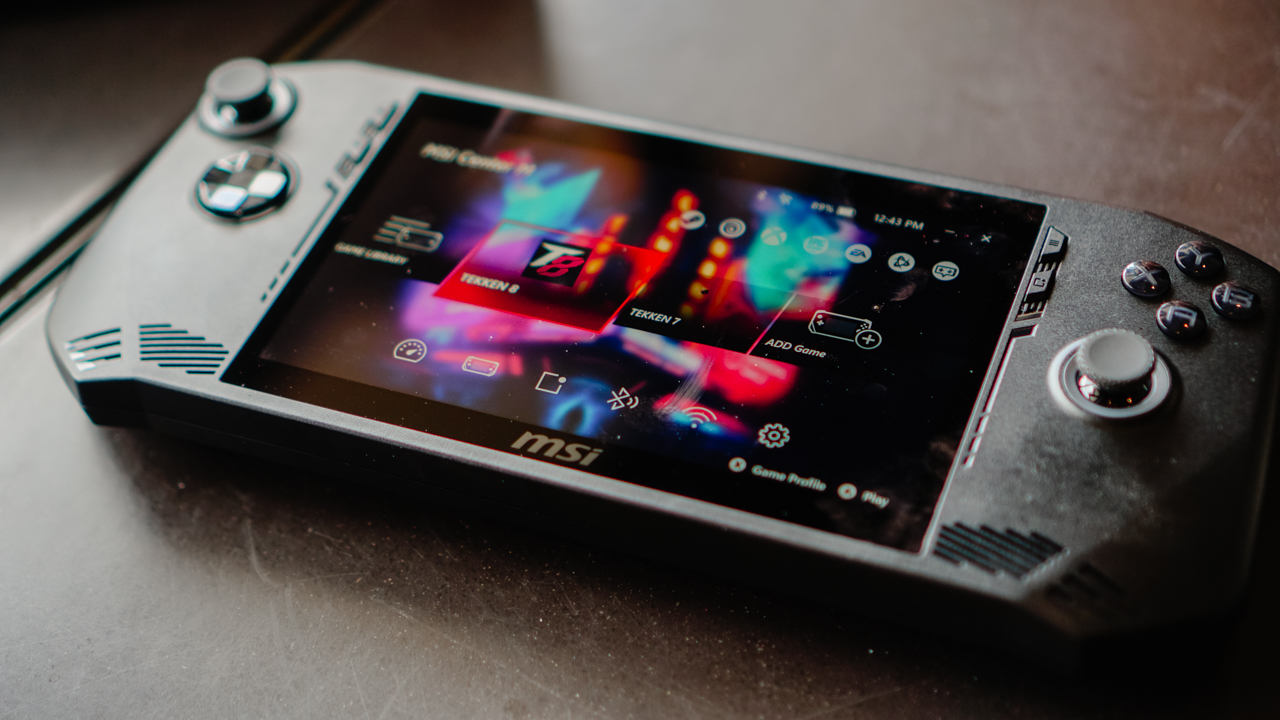
The MSI Claw is the latest gaming handheld from a major PC and laptop brand. The competition in this emerging gadget segment is tighter than ever. So, what is it about the MSI Claw that can scratch your gaming itch? Here’s a quick list.
Best grip in the game
One quick glance and it’s hard not to compare the claw with another popular gaming handheld. But a closer look and actually holding the thing will reveal that its grip easily feels better.
It has a slightly deeper groove that makes it easier to hold. So, MSI’s “Grip and Game” tagline isn’t all talk. Its design truly does provide one of the better feeling handles among its competition.
The overall design makes sure it’s made for extended gameplay sessions. The buttons are where you expect them to be. That includes the four mini buttons on the upper edges of the screen. These are the View, MSI Center M, Menu, and Quick Settings buttons.
In addition, the face buttons and d-pad all feel great. The face buttons, in particular, feel comparable to those of regular console controllers.
The rest of the buttons and triggers have a very satisfying tactile feel. It also uses Hall Effect technology to get rid of any stick drift issues.
Up top, you’ll find the power button, MicroSD Card slot, Thunderbolt 4 USB-C port, audio jack, and the volume buttons. These are intuitively placed and just makes sense given the overall design approach.
As cliché as it sounds, you’ll really think you got your money’s worth once you hold, touch, press, and grip the MSI Claw.
Dragon Vision
Now, MSI isn’t really calling it that but I thought it sounds pretty cool. A big part of the whole gaming experience is the display. Balancing resolution and frame rates is always tricky but the MSI Claw does it convincingly.
With this gaming handheld, you get a 7-inch display with a 120Hz refresh rate. Looks great on paper and it’s even better in real life. It’s the sweet spot in terms of both size and performance. There’s enough here to immerse you all while delivering a satisfying level of crisp and smoothness.
It’s comfortable to view whether you’re on the couch, on a desk table, or lying down getting a quick game in before you get some shut-eye.
Battery Life
At 53Whr, the MSI Claw has a 36% larger battery capacity than its contemporaries and promises 50% more play time.
MSI claims “elevated performance with extended endurance” using the Claw with faster charging capabilities.
These percentages are hard to measure in real life usage. What we can say for certain is that you get the expected performance and playtime typical of a handheld. That’s a little under two hours for graphically demanding titles, and close to four hours on less demanding ones.
The charging claim is legitimate. The MSI Claw juices up faster than most other handhelds, going from 20% to 100% in about a little over a K-Drama episode (roughly a little over an hour).
MSI Center M
Any self-respecting gaming handheld has its own software to make navigating the thing more manageable. While its direct competitors have an armoury crate and a space, MSI went with Center M.
The best part about MSI Center M is it puts your installed games front and center. Right when it launches, you get immediate access to the titles you have available on your machine.
MSI Afterburner is already the most commonly used app for taking a look at how your machine is performing while you play. That functionality is built-in to the MSI Claw. You can access it view the Quick Settings buttons.
Layout and functionality-wise, the MSI Center M is certainly one of the better Gaming Handheld softwares available right now.
Competitive Performance
A defining trait of the MSI Claw is that It’s the first gaming handheld to be powered by Intel Core Ultra. With it comes Intel XeSS tech. What it does is leverage AI upscaling to boost the fps of select titles.
As of launch, 50 notable games are supported. That number will certainly grow throughout the device’s lifespan. Some of the titles include Hi-Fi Rush, Dying Light 2, Forza Horizon 5, Call of Duty Warzone 2.0, Returnal, and many, many more.
Naturally, results will vary depending on the game mode you’re using. But in general, AAA games get anywhere between 10% to 45% better frame rate performance with Intel XeSS.
For our part we played TEKKEN 8 and the recently launched Horizon Forbidden West. Both graphically demanding games played relatively well on the MSI Claw. Frame rate performance on TEKKEN 8 is crucial and we got a relatively consistent fps, never dropping below 40.
Horizon Forbidden West is a much more graphically demanding game. We were able to run it in Medium Settings and while it doesn’t look as incredible, it still played relatively well with a frame rate surprising for a gaming handheld.
Extras
MSI made sure that if you wanted to, you could get some extra stuff with the MSI Claw. Its separately sold accessory set includes the Claw Travel Case, Nest Docking Station, Claw Lanyard, and Claw Keychain.
On paper, the MSI Claw lists its ergonomic design, AI Engine, and App Player as distinct advantages over its competition.
Whether it’s the Gaming Handheld that matches your needs is still ultimately up to you. If you have the opportunity to test drive the device, we suggest you do so. That might just solidify your purchase decision.
Price and availability in the Philippines
The MSI Claw will be available in three configurations in the Philippines. There are priced as follows:
MSI Claw A1M-075PH (PhP 45, 995).
- Intel® Core™ Ultra 5 processor 135H
- 512GB NVMe PCIe Gen4x4
- LPDDR5 16GB, dual channel
- Intel® Arc™ Graphics
Claw A1M-076PH (PhP 50, 995).
- Intel® Core™ Ultra 7 processor 155H
- 512GB NVMe PCIe Gen4x4
- LPDDR5 16GB, dual channel
- Intel® Arc™ Graphics
Claw A1M-077PH (PhP 53, 995).
- Intel® Core™ Ultra 7 processor 155H
- 1TB NVMe PCIe Gen4x4
- LPDDR5 16GB, dual channel
- Intel® Arc™ Graphics
Ongoing Promotion
You can still get your own MSI Claw with exclusive bundled freebies 𝐄𝐗𝐓𝐄𝐍𝐃 until 𝐀𝐩𝐫𝐢𝐥 𝟑𝟎, 𝟐𝟎𝟐𝟒!
This feature article is a collaboration between GadgetMatch and MSI Philippines.

I’ve got a new favorite pair of headphones.
They look good, sound good, last long, are compact and portable.
Most of all? They are from a brand that I truly love.
But I’m getting ahead of myself.
Here’s are V Major reasons why I love the new Marshall Major V!
Features
Fortify your home office or business setup with these devices
For the work-from-home go-getters

If the 21st century taught us something, it’s that fad trends don’t last but legitimate ones stick.
The concept of working from home is an idea deemed impossible before. Thanks to technology, though, it has become a practical alternative for professionals nowadays.
The pandemic magnified its potential even further over the past few years. Working or managing small businesses from your own place has proven to be convenient. It saves you time and money from having to commute or travel to a traditional workplace. It’s also easier to communicate nowadays with various devices and apps. Even ordering food or sending something somewhere has also become a breeze with transport apps.
It’s a trend that won’t go anywhere. For those planning on sticking to staying at home, these devices will give them enough leverage for a “future-proof” setup at the comfort of their own spaces.
Laptops
You cannot go wrong with the Lenovo Yoga laptops. They’re versatile and powerful, and should serve more than enough for light to medium tasks and overall productivity.
They’re powered by Intel Core processors and have ample memory and storage for multitaskers. Yoga laptops also have OLED screens for a crystal-clear view.
For the more budget-conscious professionals, the ASUS Vivobook line is very reliable for most office work software and basic multimedia needs. They come with powerful processors as well, and a multitude of features for your needs.
Of course, the MacBook Air with Apple Silicon is a go-to choice for those inclined on getting Apple devices.
Smartphones
If you’re the ultimate workhorse, the Samsung Galaxy Z Fold5, OnePlus Open, and OPPO Find N3 are among the best recommendations.
Although they come with higher price tags, these devices ensure that you will have a smooth and seamless experience on your fingertips, whether it’s taking and editing photos, going on quick video calls, or organizing documents and other files.
There are also all-rounders like the HONOR 90 5G, OnePlus 11, and OPPO Reno10 Pro and solid mid-rangers like the POCO M-Series, Redmi Note series, and realme’s numbered series.
These more affordable phones can still deliver what is expected of them, especially for those who simply need a phone to aid them but do not necessarily have to literally rely on it for everything.
Epson CO-FH02 projector
It doesn’t hurt to have an extra screen at home. For those looking to consume digital content on a bigger scale, the Epson CO-FH02 projector provides an expansive view. This versatile lifestyle device can also be a realistic backdrop for presentations or livestreams, instead of just merely sharing the screen.
What’s great about the award-winning projector is it beams full HD resolution images, up to 3,000 lumens of brightness, and up to a 391-inch size. It suits many different scenarios and complements your space.
There’s also a handful of connectivity options for different devices. What’s great about the CO-FH02 is it has an Android TV 2 Dongle and Chromecast built-in. The dongle enables wireless connectivity, while Chromecast built-in technology lets you stream content right from the projector, making the viewing experience a breeze, minus all the annoying cables and wires. It’s surely a reliable tool to have, and doesn’t break your wallet.
Epson L11050 Printer
Meanwhile, the Epson L11050 Printer is an excellent choice for both small business owners or those simply needing important files to print. Unlike ordinary printers, the Epson L11050 can print documents up to the A3+ size, giving the printer a distinct advantage over other models.
The printer has a page yield of up to 4,500 pages for black and 7,000 pages for colored. It delivers fast and high-quality printing of up to 30 pages per minute in black and white and 20 for colored. Moreover, it has a large, 100-paper capacity so users won’t have to open it often to refill sheets. Users may also connect wirelessly using the Epson Smart Panel app for a more efficient printing process from your device.
Aside from the convenience it offers in delivering its purpose, the ink tank printer also contributes to a more sustainable world. It is powered by Epson’s Heat-Free Technology for lower energy consumption and lower carbon emission. And with Epson’s EcoTank technology, business owners will also simply have to refill the containers instead of disposing of cartridges. The spill-free process not only saves them operating costs, but makes the printer a sustainable choice as a result.
Epson DS-C330 Scanner
To complete your Epson setup, the Epson DS-C330 Scanner is a portable sheet-fed document scanner that is an absolute space-saver.
One simply has to insert the document they need scanned and the tool will do its work in just a few seconds. The scanner can work on hardcopy files up to legal paper size, even envelopes, IDs, and passports. It has a fast and efficient scanning rate of up to 30ppm and 60ipm, respectively.
It also comes with Vertical Path and Straight Path scan modes too. This means users can seamlessly select between the path modes so the scans come up desirably. With wireless connectivity, files can be saved instantly too. That saves time for uploading documentary requirements or helping customers save their own copies.
As the DS-C330 is also made from up to 34% recycled plastic, you are assured that you are minimizing environmental impact. It is the sustainable choice as far as scanners are concerned.
acerpure Cozy F1
Of course, where there is work, there should also be comfort. The acerpure Cozy F1 is a space-saving modern air circulator that uses an energy-efficient DC Motor and 3D AirFlow technology.
It has 12 touch-activated speed settings, and can project air for up to 15 meters away so it can reach every corner of a large room.
It’s also low-noise so users do not have to worry about getting distracted or bothered when keeping it cool and focusing on their everyday tasks.
Dyson V12s Detect Slim Submarine
After a day’s worth of hard work, it’s ideal to keep your workplace clean. Not only does it reflect yourself, but having a space that’s conducive for productivity always gives you the extra edge.
With the Dyson V12 Detect Slim Submarine, users get a compact and powerful stick cleaner that washes floors and surfaces from start to finish, using clean water.
The tool’s advanced vacuum system allows it to intelligently pick up dust and other debris. The multi-stage filtration system, meanwhile, ensures that even the smallest particles get picked up, leaving your spaces clean and healthy.
-

 Accessories2 weeks ago
Accessories2 weeks agoApple Vision Pro Review: Two Months Later
-

 Features4 days ago
Features4 days agoFortify your home office or business setup with these devices
-

 Gaming1 week ago
Gaming1 week agoThe Rogue Prince of Persia looks like an ultra-colorful roguelite
-

 Deals2 weeks ago
Deals2 weeks agoSamsung Awesome April: Deals on Galaxy A series
-

 Philippines2 weeks ago
Philippines2 weeks agovivo Y100 to release in Philippines on April 27
-

 Gaming1 week ago
Gaming1 week agoStar Wars Outlaws release date revealed
-

 Accessories7 days ago
Accessories7 days agoLogitech unveils G Pro X 60 gaming keyboard: Price, details
-

 Deals7 days ago
Deals7 days agoTCL P635 TV: Big savings for TCL’s anniversary


